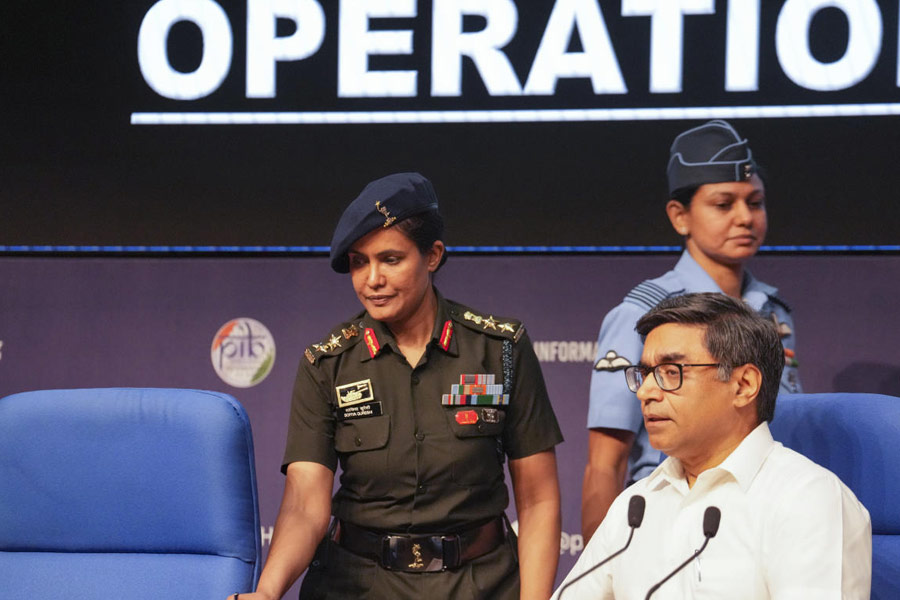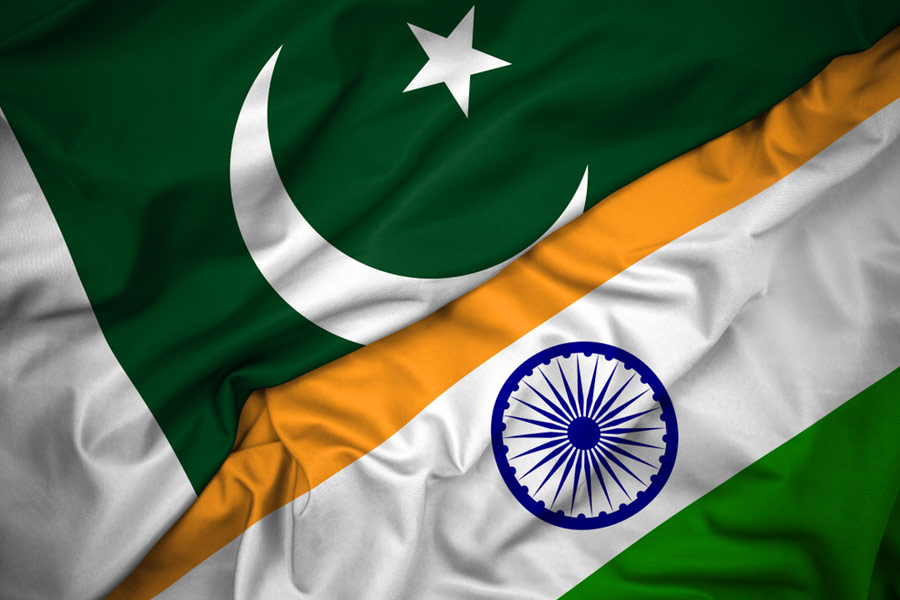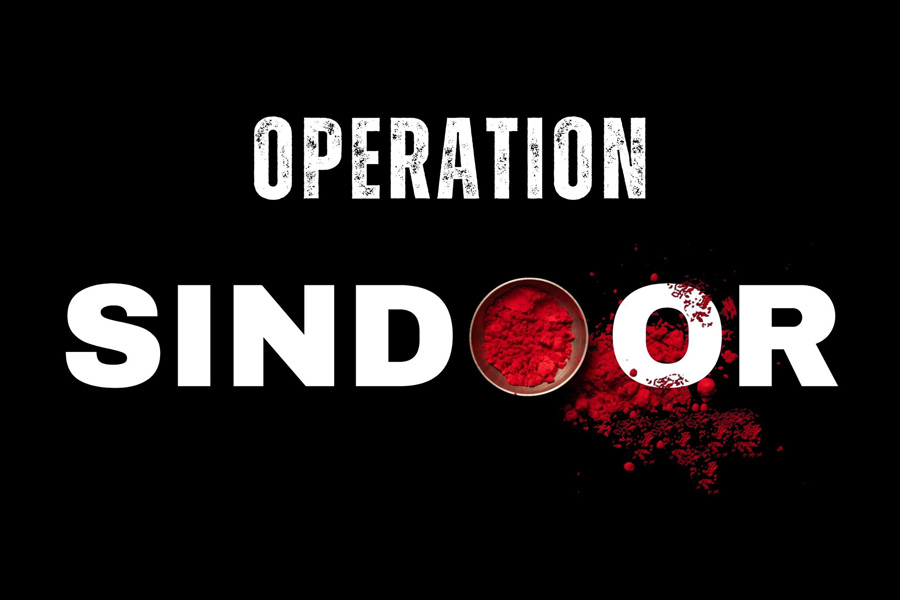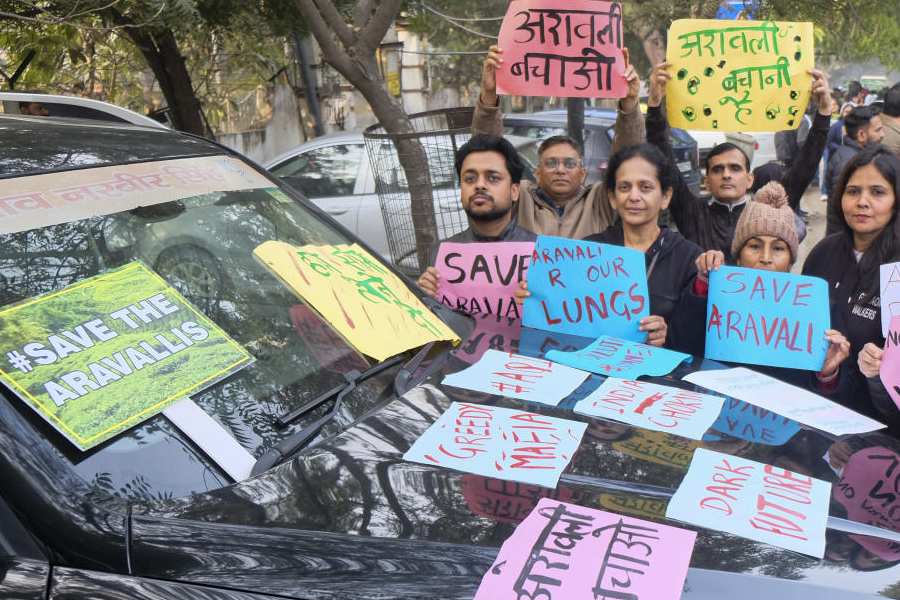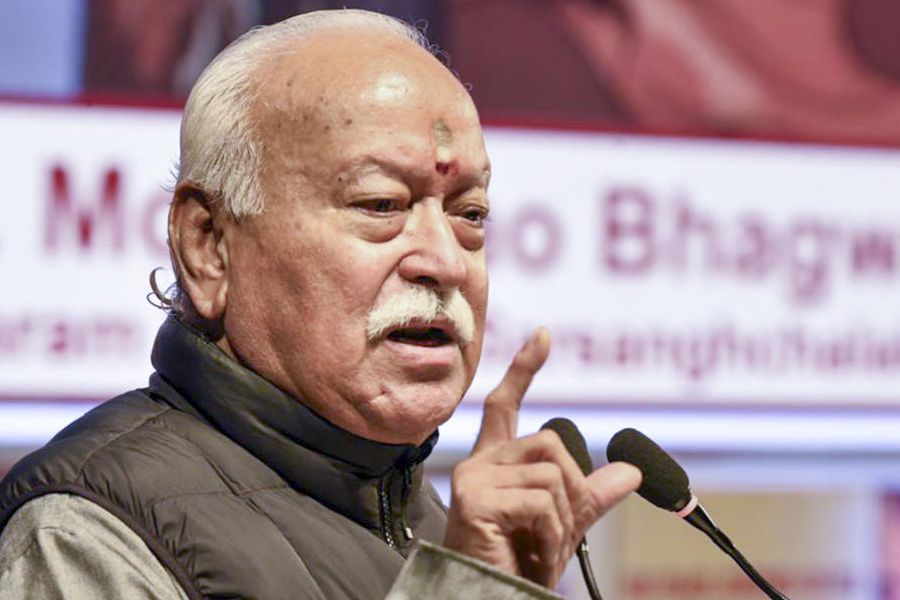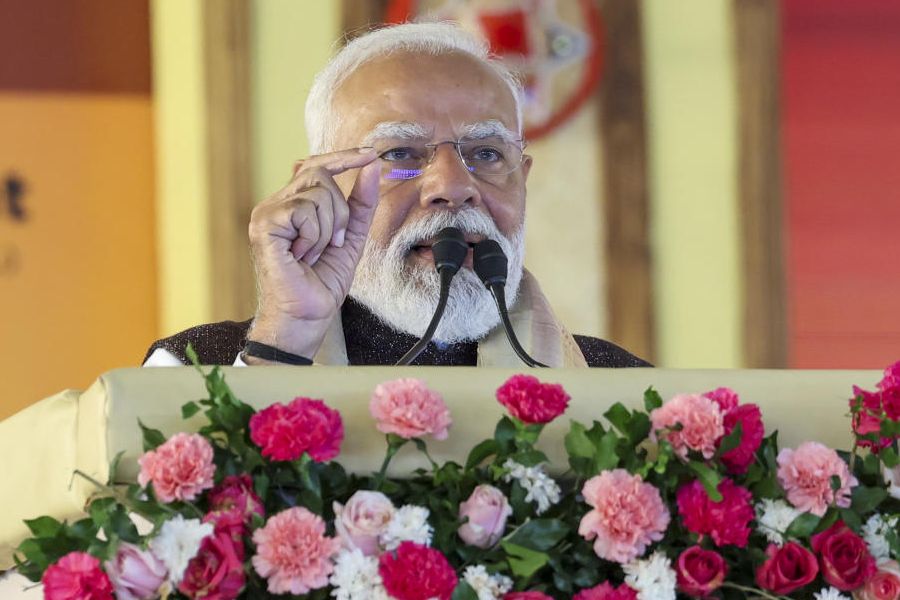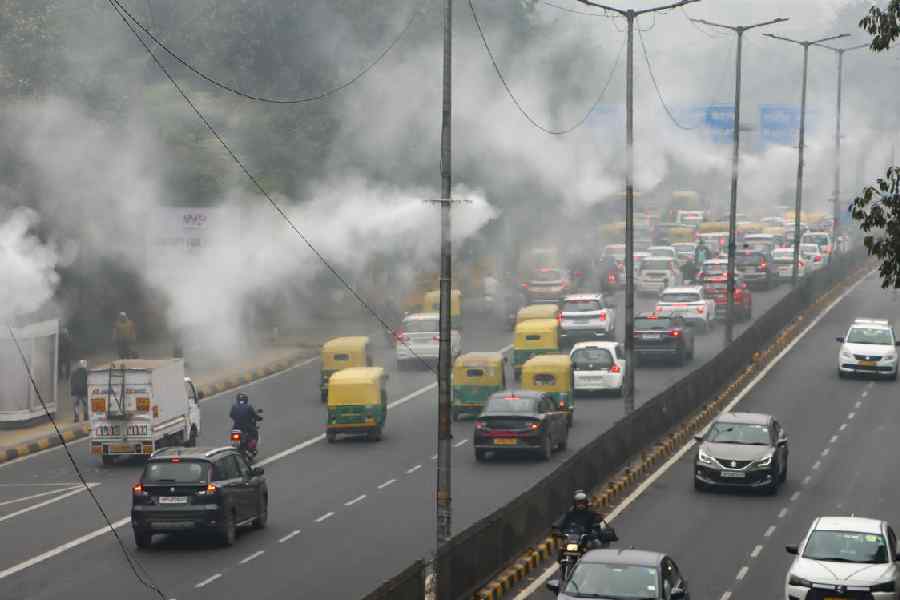India’s message was clear in the optics of the media briefing after the predawn strikes on terrorist camps and infrastructure in Pakistan and Pakistan occupied Kashmir.
Revenge for the massacre of 26 people in Pahalgam on April 22 was dished out in just 25 minutes early on Wednesday as warplanes struck across the Line of Control as well as the international border.
At the media briefing on Wednesday morning, foreign secretary Vikram Misri first outlined how Pakistan has become infamous as a safe haven for global terrorism. The actual briefing on the strikes, named Operation Sindoor, was done by two women officers: Indian Army Colonel Sofiya Qureshi and Indian Air Force Wing Commander Vyomika Singh.
Misri said the actions were measured, non-escalatory, proportionate and responsible.
Recalling the UN Security Council press statement on the Pahalgam attack, Misri said it underlined the “need to hold perpetrators, organisers, financiers, and sponsors of this reprehensible act of terrorism accountable and bring them to justice”.
“India's latest action should be seen in this context,” Misri added.
The foreign secretary said it was deemed essential that the perpetrators and planners of the April 22 attack be brought to justice.
“Despite a fortnight having passed since the attack, there has been no demonstrable step from Pakistan to take action against the terrorist infrastructure on its territory or territory under its control. Instead all it has indulged in is denial and allegations,” he said “Our intelligence monitoring of Pakistan-based terror modules indicated that further attacks against India were impending. There was thus a compulsion both to deter and to preempt,” Misri said.
The nine targets struck under Operation Sindoor were chosen because of specific intelligence inputs, the women officers said. No military installation was targeted in Pakistan.
Operation Sindoor was carried out from 1.05am to 1.30am, Colonel Qureshi and Wing Commander Singh said.
The strikes were carried out with surgical precision to minimise collateral damage, they said, but warned that the Indian armed forces “are fully prepared” should Pakistan choose to respond.
The terror groups which India targeted are the Lashkar-e-Taiba (LeT), Jaish-e-Mohammad (JeM), and the Hizbul Mujahideen (HM).
Formed in 1990 in the Kunar province of Afghanistan, the LeT (also known as Jama’at-ud-Da’awa) is based in Muridke near Lahore in Pakistan and is headed by Hafiz Muhammad Saeed. It’s a proscribed organisation under the Unlawful Activities Prevention Act. The US banned it in 2001 and the UN outlawed it in 2005.
The JeM was launched on January 31, 2000, by Maulana Masood Azhar in Karachi after he was released by India during the terrorists-hostage swap of December 31, 1999, following the hijacking of the Indian Airlines Flight IC 814. The group is responsible for the 2001 Indian Parliament attack and is banned by the US and India.
The oldest of these organisations is the HM, which was established in Kashmir in September 1989.
Out of the nine targets chosen by India, four were in Pakistan and the remaining five were in Pakistan-occupied-Kashmir. The sites struck were:
Shawai Nallah Camp, Muzzafarabad, PoK
Around 30 km from the Line of Control, the LeT camp was used for recruitment, registration and training of cadres. This camp, located near Chelabandi bridge on Muzaffarabad-Neelum road has been functional since early 2000.
It includes a firing range, training ground, a madarsa and around 40 rooms.
This facility was used as base camp for imparting Daura-e-Aam training, which includes religious indoctrination, physical training, tactical training regarding use of GPS, map reading and arms training for rifles and grenades.
Terrorists involved in the Pahalgam attack of April 22 and attacks in Sonmarg on October 20, 2024 and Gulmarg on October 24, 2024 were trained here.
Syedna Bilal Masjid, PoK
Located opposite Red Fort, Muzaffarabad, it is the main centre of the JeM.
Used as a transit camp for JeM terrorists prior to their launching into J&K after being trained in use of weapons and jungle survival. At any point in time 50-100 cadres reside in this facility.
Gulpur camp, Kotli, PoK
Located around 30 km from the LoC, the Gulpur camp served as the base of the LeT, which was particularly active in the Rajouri-Poonch sector. Terrorists from this camp were involved in the terror attacks on April 20, 2023 in Poonch and another attack on a bus carrying pilgrims on June 9, 2024.
Barnala camp, Bhimber, PoK
Located around 9 km from the LoC, this camp served as a training ground in high-tech weaponry, handling of improvised explosive devices and jungle survival.
Abbas camp, Kolti, PoK
Located 13 km from the LoC, this camp served as the training ground of the LeT fidayeen (suicide squad). The camp had facilities to train 15 terrorists.
Sarjal Camp, Sialkot, Pakistan
Around 6km from the international border between India and Pakistan, terrorists trained at this camp were involved in the killings of four cops belonging to Jammu and Kashmir police in March this year.
Mehmoona Joya camp, Muridke, Pakistan
This camp served as the base for Hizbul Mujahideen and was active in terror activities in the Jammu-Katra sector.
The attack on the Pathankot airforce base on January 2, 2016 was planned and directed from here.
Markaz Toiba Muridke, Pakistan
Some 18-25 km from the international border, terrorists involved in the 2008 Mumbai attacks including Ajmal Kasab and David Headley were trained here.
Markaz Subhanallah, Bahawalpur, Pakistan
This was the headquarters of the Jaish-e-Mohammad, involved in recruitment, training and indoctrination of the recruits.

